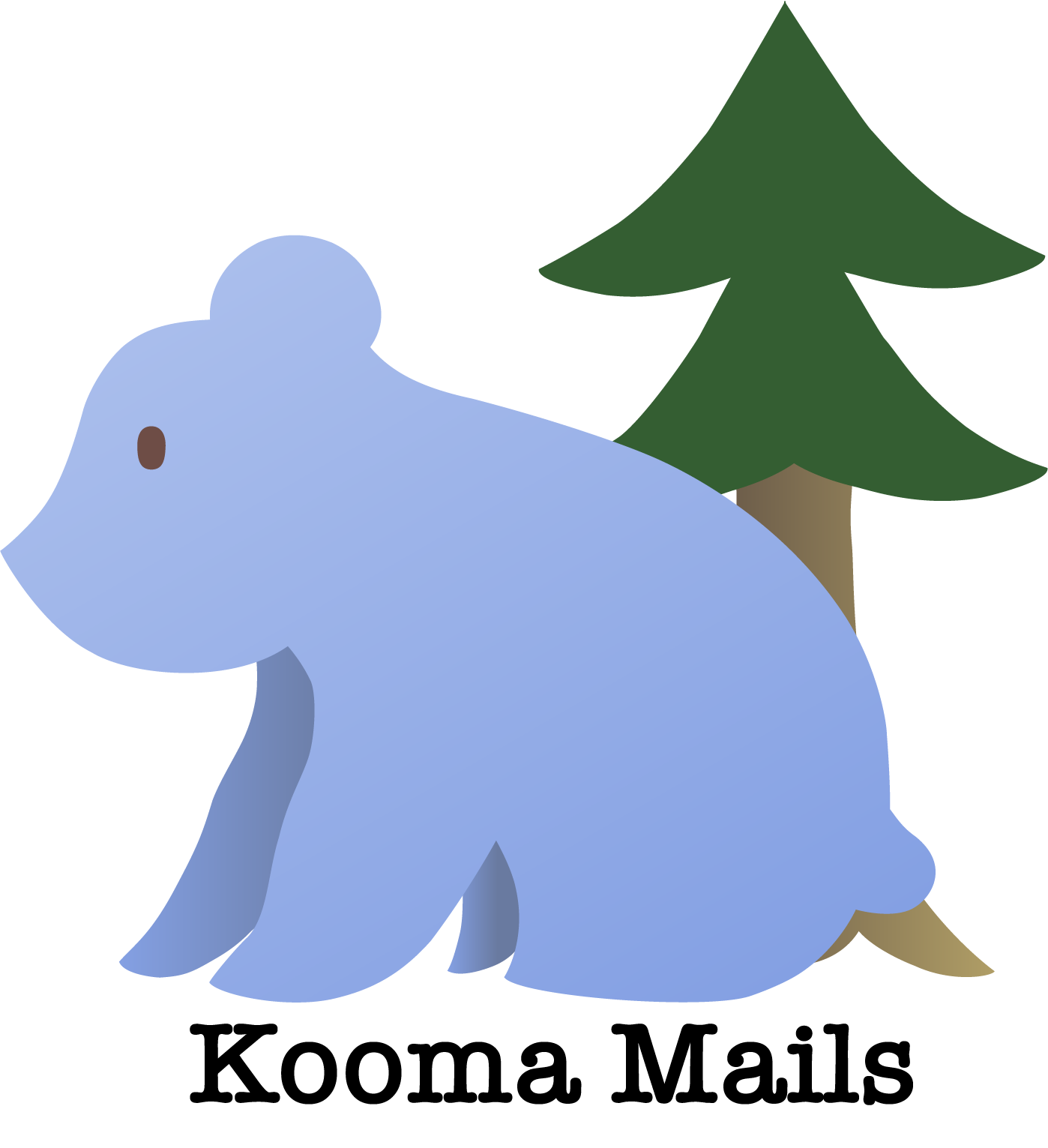Advance > Beyond
In many ways, you never truly ‘finish’ studying a language, so offering guides and advice for ‘advanced’ learners is always tough, as I am a perpetual learner myself. Also, what you do at this level will in large part depend on what it is you want to do with your Japanese – do you want to become a translator? Start reading books. Do you want to start working in Japan? Start studying Keigo and Keigo textbooks (shameless site plug!).
This all being said, there are a number of things you should continue, finish, and start at this stage that will help guide you, as below. (Note: you may want to continue having a tutor, but you should be able to largely ask native speakers and look things up yourself in Japanese when you have questions.)
Kanji (Wanikani) – Finish all 60 levels
You should continue to work on Wanikani to its completion of (at current) 60 levels. I will say personally I got to around 53 and stalled since I found the later Kanji to be less useful than a number of the other Kanji I was running into that were not on the site. That said, finishing is a good goal and ‘thing to be proud of’ and can be used in essence as a Kanji certification to an employer, as it certifies to you and others you have committed that number of Kanji to memory.
*Goal: Finish all 60 levels of WaniKani
Optional: Advanced Textbook – 新・中級から上級への日本語 (Authentic Japanese – Progressing from Intermediate to Advanced)
Opinions differ if a textbook is necessary at this point as essentially ‘the world is your textbook’ at this point, with all of the TV shows, books, movies, music etc. at your disposal that you can now make sense of, and can use to study at this point. That being said, if you would like to use a textbook, this is often cited as a good option (though I did not use it personally).
*Goal: Start reading Authentic Japanese – progress ~1 chapter/1-2 weeks. Complete the accompanying workbooks/guides
Optional: Take JLPT N1
If you find it useful for your own purposes to pass the highest level of the JLPT, I say go for it. You may want to have some work experience and time engaging with native content under your belt before attempting, and it is seen by some as a bit tricky. Give it a shot!
*Goal: Take, and pass, JLPT N1
Immersion!! – The Final Boss
The importance of immersion, but especially as you look to get to an advanced level, cannot be understated. If you can spend some time in Japan, it would help massively. You should be engaging with all kinds of media, and find something you enjoy. Make Japanese a part of your everyday routine. Read, watch, listen, speak, enjoy!
You should also be trying to continue speaking and interacting with native speakers as much as possible. Ultimately this is how you will begin the slow-inching crawl to becoming more and more native-sounding, which is the ultimate goal. At this point, the world and everyone around you is where you will derive a lot of your new learning, as there aren’t many more useful textbooks or guides to continue to hold your hand. Get out there tiger!
One last note: when it comes to things like writing Keigo emails or speaking more like the native guys hanging out at the bar, listening to native speakers speak, copying them, then analyzing and correcting yourself is a great and critical resource and skill to have (often referred to as “imitation”, this is cited as a critical way people learn new languages).
*Goal: Interact w/ Japanese everyday as much as possible. Consider moving to Japan for some period of time. Rember: imitation!
